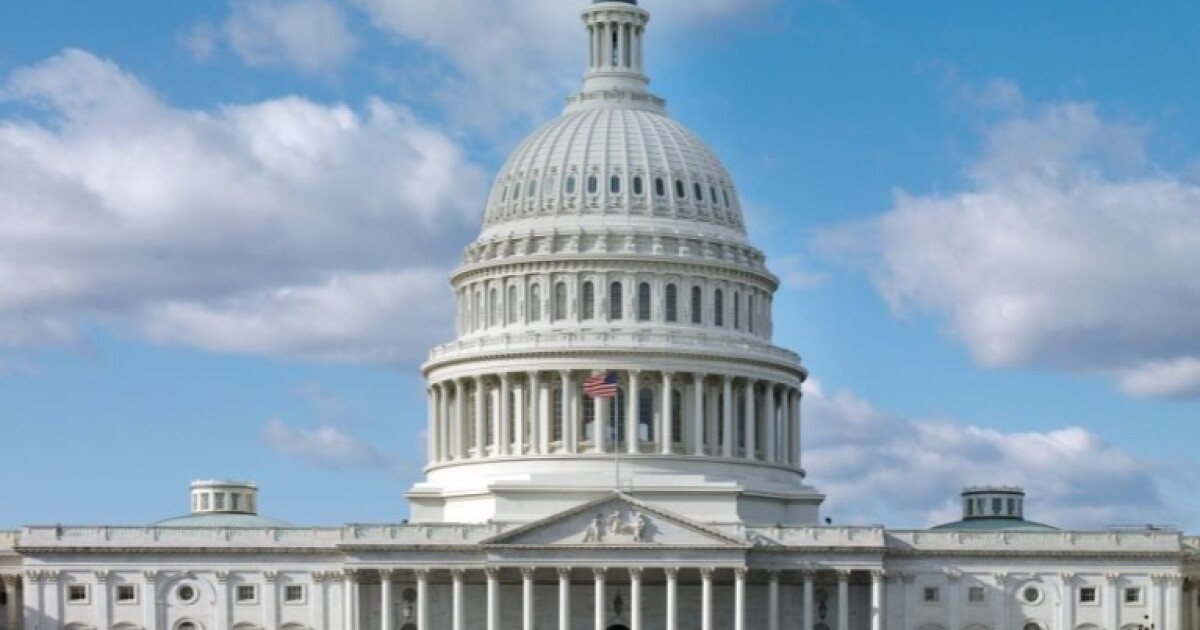ASHE COUNTY, N.C. — The federal funding crucial for Ashe County’s school district vanished in an instant. Superintendent Eisa Cox watched as $1.1 million earmarked for teacher training and after-school programs was suspended by the Department of Education. The funds, intended to be available by July 1, were frozen pending verification of compliance with presidential priorities.
The timing could not have been worse for this rural district in western North Carolina, still reeling from Hurricane Helene and with more than half of its students economically disadvantaged. “It is scary to think about it, you’re getting ready to open school and not have a significant pot of funds,” Cox said.
Nationwide, school leaders faced similar funding freezes. The Trump administration halted nearly $7 billion in federal funding, affecting thousands of districts. This decision sparked legislative outcry and a lawsuit involving two dozen states, leading to the funds being released on July 25.
Across the nation, districts are adapting to the unpredictability of federal education funding under a president focused on budget cuts. Federal funds, while a smaller portion of budgets, are critical, covering everything from salaries to school supplies. In Ashe County, they account for 17 percent of funding, slightly higher than the national average of 14 percent.
Despite no immediate plans to cut major funding streams for disabilities and low-income student programs, recent proposals from the U.S. House suggest future cuts. Further, anticipated reductions in federal aid like Medicaid and SNAP could exacerbate challenges for schools serving impoverished communities.
The funding freeze compounded Ashe County’s challenges as the district aimed for recovery post-Hurricane Helene. The storm had severely disrupted infrastructure and education, with students missing 47 instructional days. The district’s approach to budgeting is cautious and strategic, relying on federal and state grants to supplement limited local resources.
Programs like after-school care for 250 children and a mentorship initiative for new teachers were at risk without federal support. The district’s early-career teacher retention rate of 92 percent highlights the impact of such initiatives. Superintendent Cox is exploring options to sustain these programs if federal funds remain uncertain.
In other districts, similar concerns loom. Detroit faces potential losses in Title III funds for English learners, while Wyoming’s Sheridan County School District 3 anticipates cuts in technology and teacher quality funds. Urban districts like Colorado Springs’ Harrison School District 2 heavily depend on Medicaid for student services.
Political dynamics add another layer of complexity. In Ashe County, where 72 percent voted for Trump, school leaders must navigate funding challenges without alienating constituents. Superintendent Cox views this as an opportunity to educate the community on the vital role of federal funds.
Amid these challenges, schools are in session, and the focus remains on providing students with quality education. The district continues to plan for potential funding shifts, emphasizing the importance of adapting and preparing for unknowns in the educational landscape.
—
Read More Kitchen Table News










